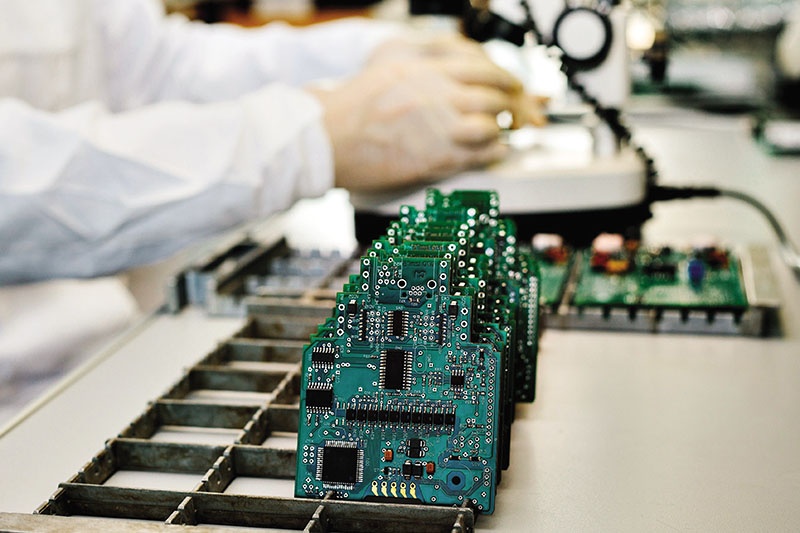Vietnam, Customs Union wrap up FTA negotiations
 |
| Photo: VGP/Nhat Bac |
Prime Minister Nguyen Tan Dung today, December 15, witnessed the signing ceremony of an agreement concerning the free trade deal (VCUFTA), marking the end of negotiations between Vietnam and the Customs Union.
Accordingly, both sides have agreed to do their utmost to finalise the FTA in early 2015.
The content of the most recent meeting included trade, point of origin, safeguard measure services, investment, intellectual property, sanitary and phytosanitary measures (SPS), technical barriers to trade and legal and institutional issues, customs facilitation, competition, ecommerce, and regulation.
Statistics show that bilateral economic ties between Vietnam and the Customs Union have progressed remarkably. Specifically, the two-way trade turnover surpassed $2.7 billion in 2013.
As of late June, Russia had poured around $2 billion into projects in Vietnam, ranking 18th among foreign investors. Meanwhile, Vietnamese investors had 20 projects in Russia worth $2.5 billion.
The Customs Union is a region spanning more than 20 million square kilometres with a population of around 170 million people. It has dynamic economic development, a total GDP of around $2 trillion and total trade value of around $900 billion. It has a tremendous reserve of natural resources with around 90 billion barrels of oil and accounts for around 17 per cent of global exports.
Products most often exported from Vietnam to the Customs Union include foodstuffs, garments, leather goods, and wood furniture. Conversely, Vietnam imports mostly oil and gas, meat, dairy products, automobiles, and spare parts.
Dang Hoang Hai, head of the Ministry of Industry and Trade’s Europe Market Department recently told VIR that Vietnam and the Customs Union were not in direct competition, rather, the export products of either side complemented each other well.
The Customs Union is keen on signing FTAs with a number of ASEAN member countries. The deal with Vietnam is considered a breakthrough and is expected to act as a gateway to the rest of the ASEAN market. The agreement will serve to promote trade between the two sides and also expand commercial relations with other former Soviet nations.
The two-way trade turnover between the two is expected to reach $10 billion by 2020.
What the stars mean:
★ Poor ★ ★ Promising ★★★ Good ★★★★ Very good ★★★★★ Exceptional
Latest News
More News
- Manufacturing growth slows in December (January 02, 2025 | 18:03)
- Opportunities must be seized in meaningful year (January 02, 2025 | 15:07)
- Vietnam's GDP growth will lead the region in 2025 (December 23, 2024 | 14:42)
- Tech goals require teamwork (December 23, 2024 | 10:34)
- Vietnam’s SMEs embrace digitalisation (December 20, 2024 | 16:39)
- Conference examines prospects for different investment channels in 2025 (December 12, 2024 | 17:23)
- Investors navigate unpredictable landscape in 2025 (December 12, 2024 | 12:59)
- ADB revises Vietnam’s growth forecast upward for 2024 and 2025 (December 11, 2024 | 18:39)
- VIR event to hear expert views on investing for 2025 (December 11, 2024 | 15:41)
- Google to make its debut in Vietnam (December 06, 2024 | 19:10)














 Mobile Version
Mobile Version